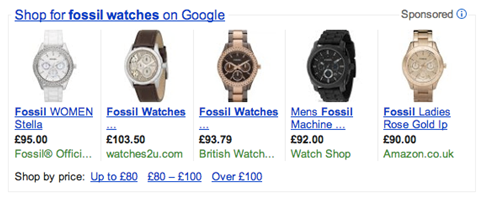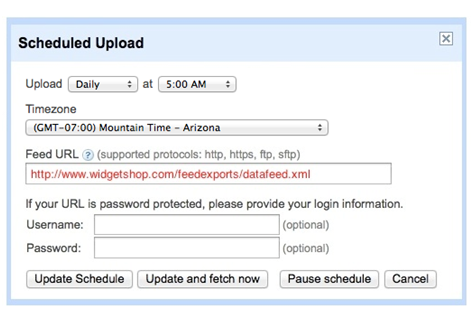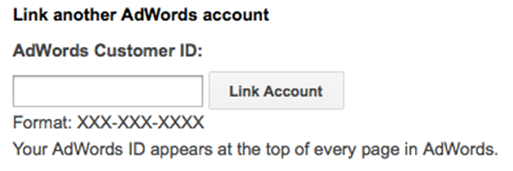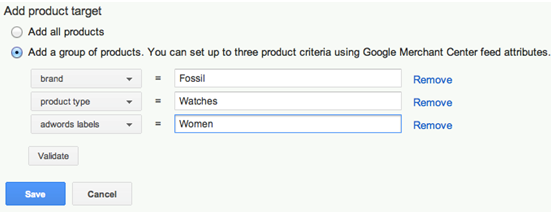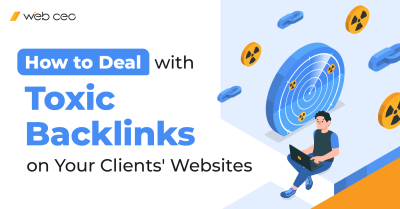
Google Shopping has replaced the free Product Search in October’12 in the US. In Europe, the migration from free to paid will be complete by June 11th, 2013. What you want to know is how you can make (more) money by advertising your products on Google Shopping. Here it is:
1. How other people make money with Google Shopping
Product Listing Ads (PLAs) are those picture-ads that you see on Google’s Search Engine Result Page (SERP):
Just by looking at them, you can see that they are more powerful than the text ads; your eyes are drawn to the pictures on the SERP and within a second you identify the product that you had in mind.
US research shows that conversion rates of PLAs are at least 35% higher than text ads and the cost per click is lower. US retailers have shifted up to 30% of their budget to PLAs. Google Shopping is profitable for web shops that set up their campaign and feed properly.
2. How you make money with GS
Your Product Listing Ads will appear on Google if you take the following steps:
a) Export a product data feed to your Google Merchant Account (GMC).
Your shopping cart will probably export your feed (as a csv or xml file) on a URL. You need to enter this URL in your GMC, so Google knows where to fetch it every day:
Some shopping carts only make data feeds available via API. That means that you can only export your feed via (for example) an extension on Magento or an app on Shopify. You need to make sure that your feed is submitted in the Google xml-format and meets all of their requirements.
b) Link your Google Merchant Center with your AdWords account
Google Shopping offers a cost-per-click model, just like for text ads. So if you link your GMC with your AdWords account, you can start bidding (in AdWords) on each of your products (in your GMC).
c) Create a PLA-campaign
Product Listing Ads should be in a separate campaign. So don’t combine PLAs with search or display ads. You just need 1 campaign for all your products but create an adgroup for every product target.
d) Set up product targets & bids
There are no keywords to bid on, but product targets. A product target is a group of products that you define, based on just a maximum of 3criteria.
It’s best to get started with product targets based on Brand or Product type or a combination of the two. When you have aggregated enough data in AdWords and Analytics, it is time to refine your bidding strategy and optimize the RoI of your campaign:
a) All Products: make sure you always have 1 product target (with the lowest bid) for all products. This product target serves as your ‘catch all’.
b) Group by conversion rate. Products in the same product target should all have a similar conversion rate.
c) Keep an eye out for the gross margin. Products may have a similar conversion rate, but you don’t want to bid the same amount for the $250 Fossil Watch and the $25 Fossil earrings.
d) Bid on specific attributes: If the yellow products sell better than the other colors or the plastic products have a higher conversion rate than the wooden ones, you should bid on those specific attributes. Create an AdWords Label for attributes like color or material, so you can include them in your product target.
e) Bid on ID: create an individual product target for your each of your best selling products, so you can optimize your winners closely.
3. How you make more money with GS
Now that you have it all figured out and you are making money, it’s time to move up to the major league of optimization and make more.
The key to a successful PLA campaign is the optimization of the product data feed: Everything that you show your customers (picture, price, title, description, etc.) is in the feed. Often you need to modify your data feed in order to optimize your PLA-campaign in AdWords. So subscribe to a data feed optimization tool and optimize your feed in several ways:
a) Beautify your Titles
Adding the brand name or the product type to your title may make it more appealing. Or the gender or whether it’s for kids or adults. Better titles = higher conversion rate. Remember, perfect title is impossible without keyword research, that’s why we have created the WebCEO Keyword Research Tool, designed to finding the perfect keywords that resonate with your audience, making the creation of effective titles seamless.
b) Create AdWords Labels.
You can only bid more on the plastic products or the yellow ones, if you create AdWords Labels for these attributes.
c) Google categories
Google requires that you assign one of their categories to each product. But meeting that requirement is not enough. Assign sub-sub-sub-categories, so that you provide more detail. Google is then better able to match your product with the search queries. That will increase your conversion rate.
d) Only advertise your winners
There are many products in your feed that you should not be advertising for. Products that are out of season, have a low margin, etc. Don’t waste your budget on those products and exclude them from your feed.
e) Group your products by price
To ensure that your bid is in line with your gross margin (don’t bid too much on a $2 product & don’t bid too low on a $500 product) you can add an AdWords Group to each product target. So divide your products in several price-groups, using a data feed management tool, and add it to your feed. You can use AdWords Grouping just like AdWords Labels.
